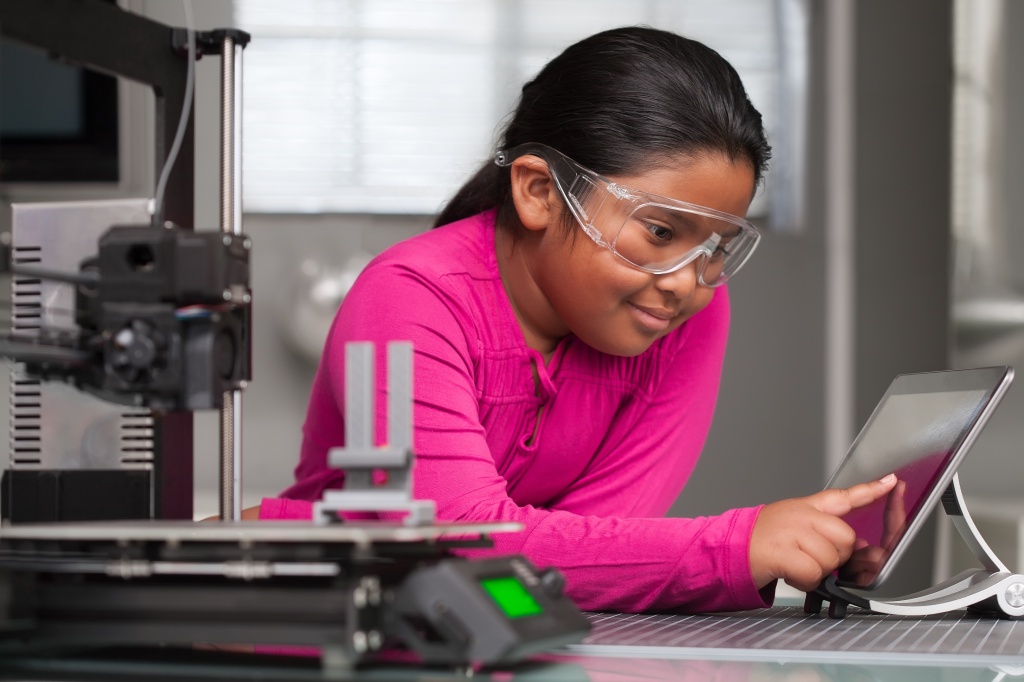Implementing Open Educational Resources for K-12.
One e-learning tool that has intrigued my curiosity is Online Educational Resources or OERs. My interest may be due to the rise of virtual learning for K-12 due to the COVID pandemic. Also, teachers’ overwhelming stress to develop effective “e-learning” or virtual material in a short period. I wanted to understand the current trend of OERs; and are teachers technologically savvy to implement OERs as supplemental instruction to teacher-led instruction in the virtual environment. After speaking to a teacher assistant to students with special needs, I was privy to the development of “worksheets” for students to complete virtually. I wondered how a worksheet in a virtual learning environment could yield positive results for these students.
Initially, I needed to determine if OERs and LOs are the same, and to my understanding, LOs are a type of OERs. LOs have some restrictions as they can not be modified or revised; however, they can be reused and shared. OERs are defined by what Community College Consortium for OER (n.d.) calls 5R activities: 1) Retain; 2) Reuse; 3) Revise; 4) Remix; and 5) Redistribute. If teachers can use OERs, they would be able to revise these resources specific to their learning objectives or local school district standards. Since both LOs and OERs are public domain and fall under creative commons licensure for fair and free use, educators can use their revised versions and share them within their school. (Centre for Innovation in Teaching and Learning, n.d.) (Community College Consortium for OER, n.d.) (Van Allen & Katz, 2019)
The use of OERs can also trickle down to student learning and engagement. Having students revise and sharing their created OERs shifts the teacher-student interaction into a more constructionist relationship. (Van Allen & Katz, 2019) In the case of students who face challenges with specific material, teachers implement LOs to nail down critical components to key topics. OERs and LOs are great tools to use, especially in K-12, as the curriculum follows a specific standard state by state. In this digital age, being considered a creator should not just be associated with social media. Students can become a content creator of their education as it is the new wave post-COVID.
Centre for Innovation in Teaching and Learning. (n.d.). Learning Objects (LOs) versus Open Educational Resources (OERs). Retrieved August 8, 2020, from https://blog.citl.mun.ca/instructionalresources/courses/learning-object-vs-open-educational-resource-oer/
Community College Consortium for OER. (n.d.). Why Open Education? Retrieved August 8, 2020, from https://www.cccoer.org/learn/
Van Allen, J., & Katz, S. (2019). Developing Open Practices in Teacher Education: An Example of Integrating OER and Developing Renewable Assignments. Open Praxis, 11(3), 311–319. https://eric.ed.gov/?id=EJ1234940
